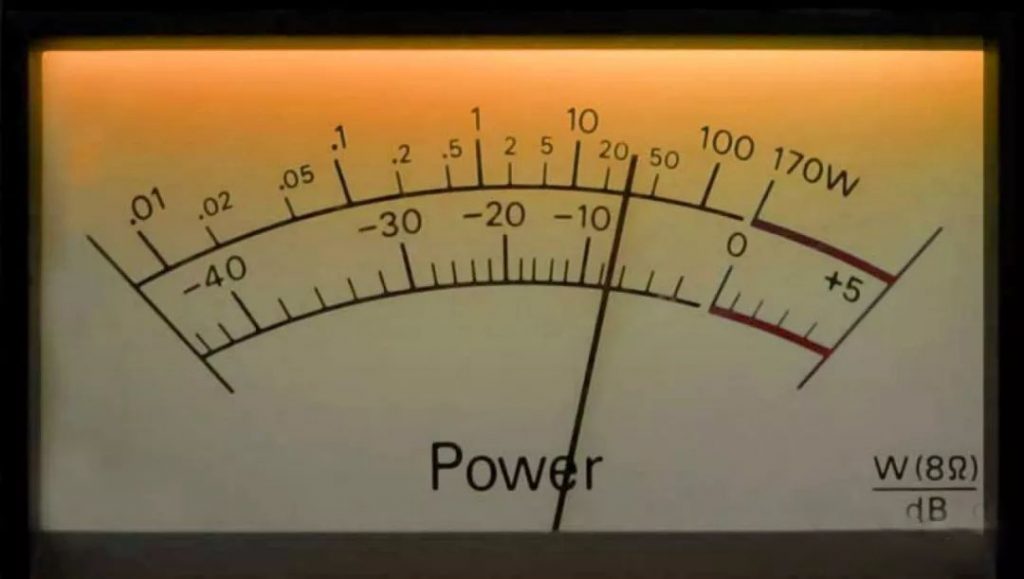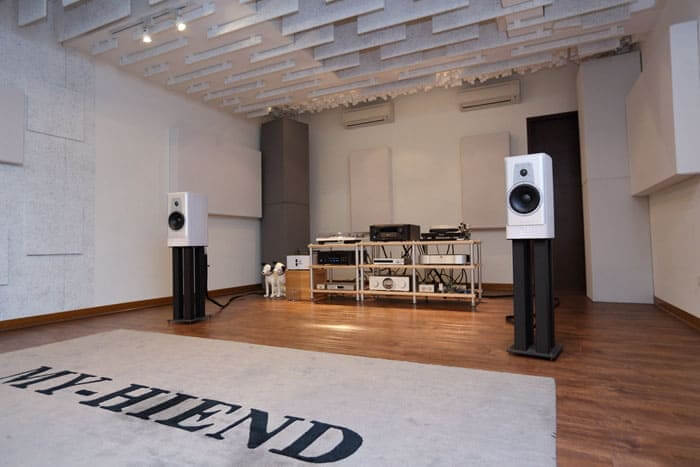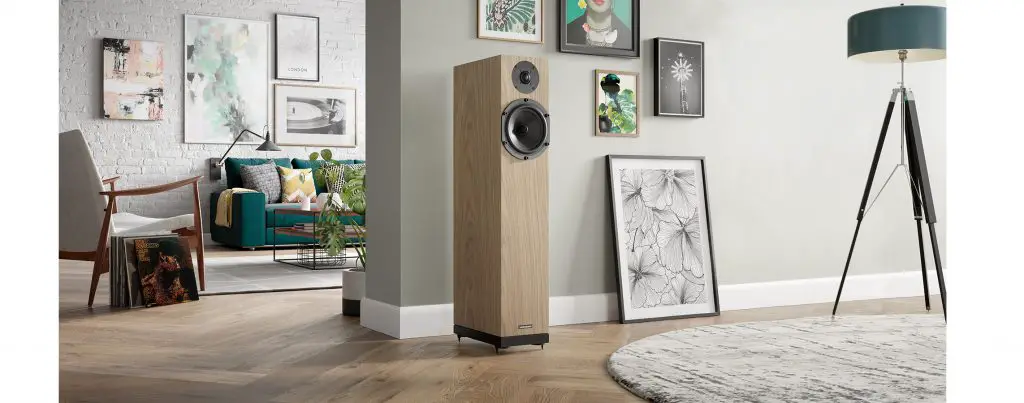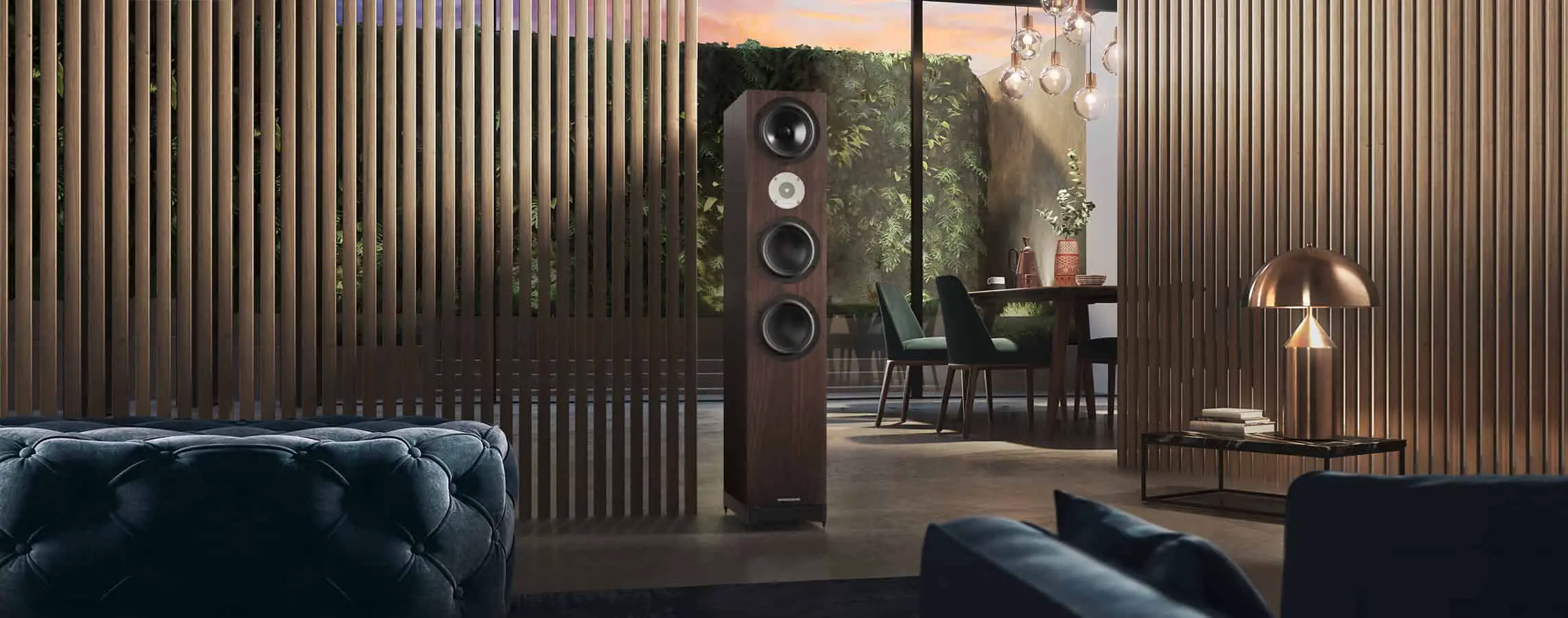What is Speaker Sensitivity
Sensitivity, also known as sound pressure level (SPL), is an important indicator of whether the speaker is easy to push. The sensitivity of the loudspeaker (dB/W) usually refers to the magnitude of the sound pressure measured 1m from the front of the loudspeaker when the input power is 1W. Sensitivity is an indicator of whether the speaker can reproduce the details in the audio signal. The higher the sensitivity, the loudspeaker can respond to all details in the audio signal. The sensitivity as a Hi-Fi speaker should be greater than 86dB/W.
Sensitivity and Sound Volume
The higher the sensitivity, the lower the input power required, and the higher the sound output under the same power source. The smaller the power requirement of the power amplifier, the easier it is to drive.

Many users have doubts when using active speakers. A speaker with a higher nominal power emits less sound than a speaker with lower nominal power. What is the reason? ? The main reason for this phenomenon is the different sensitivity of the speakers.
Under normal circumstances, the sensitivity of active speakers is generally between 83db/w/m ~ 92db/w/m. Don’t underestimate the difference of 9db. It should be known that every 3dB difference in sensitivity, the power must be doubled to obtain the same sound volume. That is to say, the volume of 92db/w/m sensitive speakers at 10w power, and 83db/w/m sensitive speakers need 80w power to be the same.
Sensitivity and Sound Quality
Many people may think that the higher the sensitivity of the active speaker, the better. After all, a higher volume can be obtained at a lower power. That is not the case because there is a certain contradiction between high sensitivity and sound quality. The increase in sensitivity comes at the cost of increased distortion. So as a high-fidelity speaker, you must reduce some sensitivity requirements to ensure the sound reduction.
To put it another way, to obtain higher sensitivity, it is often necessary to rely on a series of parameters such as reducing the control power of the speaker itself, the strength of the bass, the restoring power, and distortion, without significantly increasing the cost. That substantially impairs the sound quality of the active speakers.
But at the same time, we cannot say that speakers with lower sensitivity are better, or the sound quality of speakers with higher sensitivity is worse. Because, after using inferior materials, the sensitivity and effect of the speaker may be reduced. The use of high-quality materials and manufacturing technology will increase the cost, but it may also preserve sound quality and sensitivity.

Therefore, from the perspective of parameters alone, sensitivity is only a parameter that reflects the electro-acoustic conversion efficiency of the speaker, which itself has nothing to do with the sound quality of the speaker.
How to Choose Speakers Based on the Sensitivity?
Of course, this does not mean that sensitivity is meaningless for the purchase of active speakers. When choosing, for those active speakers with a power of less than 10w and a lower price, we recommend selecting a sensitivity higher than 88db/w /m active speakers. This way, the volume will not be insufficient due to the speaker’s power being too small.
For higher-end speakers, due to their more substantial output power, it is not easy to have insufficient volume due to the low sensitivity of the speaker unit. In addition, the materials used for speakers at this price are generally better. The lower sensitivity may have been specifically designed to improve sound quality. In this case, we can not deliberately pursue the parameter of sensitivity, and we can choose some active speakers with lower sensitivity.

Because the sensitivity parameter does not directly reflect the speaker’s sound quality, most consumers are not very familiar with the nominal sensitivity. Sometimes, some manufacturers identify the wrong sensitivity parameter, using the sensitivity of the speaker unit to replace the overall sensitivity of the speaker. Since there are more complicated crossover systems in speakers, especially mid-to-high-end speakers, this system will cause some audio attenuation. In this way, the overall sensitivity of the speaker will be lower than that of the speaker.
For example, a particular speaker has always said that its unit sensitivity reaches 90db/W/m. But in its actual use, the speaker’s sensitivity is only nominally 88db/W/m. It is for this reason. Therefore, when a speaker system is used to calibrate the sensitivity, the sensitivity should be subtracted from 2db/w/m to get the actual result.
